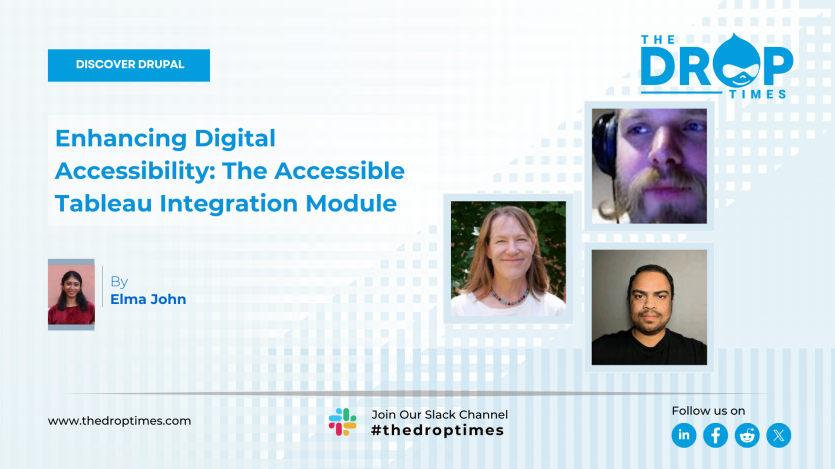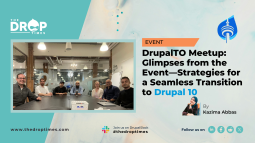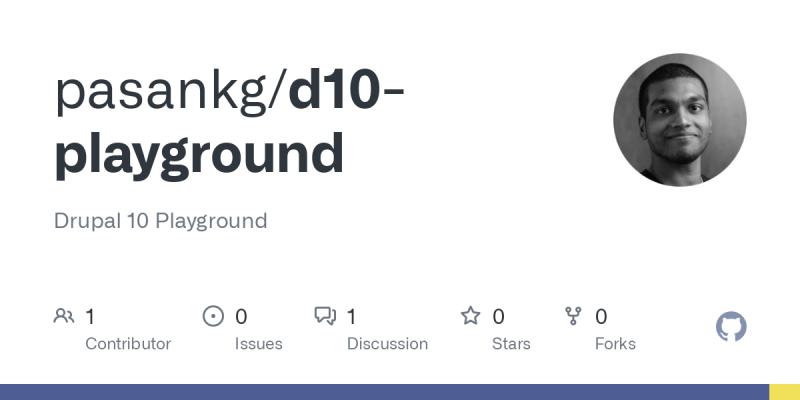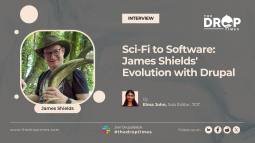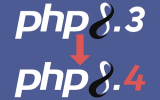Enhancing Digital Accessibility: The Accessible Tableau Integration Module
Inclusivity and accessibility are paramount to ensuring equal access to information and resources in the digital era. However, for individuals with disabilities, navigating complex data visualizations can often pose significant challenges. Addressing this pressing issue head-on is the Accessible Tableau Integration module, a solution crafted by Emilie Young and Gautam Gottipati with initial support from Kevin Reynen and the University of Colorado. Emilie brought in the idea while Kevin started the project on Drupal.org, and Gautam wrote the codes.
Accessible Tableau Integration is a pivotal bridge between Tableau's robust visual analytics capabilities and Drupal's versatile web framework, ushering in a new era of accessibility and inclusivity. This innovative module is meticulously designed to empower users to create dashboards that seamlessly accommodate assistive technologies (AT), thus fostering a digital environment where everyone can participate and engage equally.
“The primary goal of the Accessible Tableau Integration module is to address significant accessibility challenges encountered by assistive technology users navigating Tableau dashboards,” explained Emilie Young.
Despite Tableau's data visualizations being relatively accessible, elements such as filter menus and navigation controls remained barriers. She further highlights that the module aims to leverage Tableau's robust Javascript API and Drupal's inherent accessibility for standard elements. This approach allows users to create WCAG 2.1 AA-compliant dashboards without requiring Tableau developers to alter existing Tableau dashboards.
At its core, Accessible Tableau Integration tackles the navigational hurdles commonly encountered by assistive technologies (AT) when interacting with Tableau dashboards. Integrating accessible semantic HTML controls for filters and parameters eliminates cumbersome workarounds that often compromise accessibility, such as sheet swapping and filter resetting. Leveraging cutting-edge techniques like ARIA tags and CSS enhancements, the module significantly enhances support for AT users, ensuring a smooth and intuitive browsing experience.
"This work started a couple of years ago when our Digitial Accessibility team was approached for expert testing to ensure a high-profile dashboard was accessible," shared Emilie Young.
The accessibility team, which includes Mike Williamson, Marisha Lamont-Manfre, and Addie Hugen, identified severe accessibility issues that rendered the dashboard unusable. Young emphasized that the experience of observing testers using screen readers was enlightening and humbling.

"We determined that while the individual data visualizations (the graphs and charts) were relatively accessible, everything else comprising the dashboard posed accessibility challenges," said Emilie Young.
These challenges included inaccessible filter menus, page structure, navigation issues, and the standard use of 'faux buttons' for common tasks such as 'reset all filters.' Young expressed a desire to explore using Tableau’s JavaScript API and Drupal together to address these accessibility issues, with support from Mike, Marisha, and Addie, all advocating for an accessibility-first approach.
"The Accessible Tableau Integration module, currently a proof of concept, is a development version only," clarified Young.
She outlined plans to launch a more robust Drupal module by Summer '24, focusing on enhancing performance, enabling users to specify the API version their Tableau server uses, and improving interaction with visualizations. The aim is to build a toolkit that enables users to replicate any Tableau dashboard on a Drupal page. Users have the flexibility to layout and structure the page in whatever way meets their needs.
Young also explained that during the proof-of-concept development, she utilized the Component module to focus on JavaScript.
"With ‘Component,’ I created a proof-of-concept that allows for the creation of dashboard elements as separate Drupal blocks, such as filters and visualizations, without needing modifications on the Tableau side," she continued.
This approach empowers users to layout the page in Drupal according to their preferences, ensuring optimal flexibility and customization.
When asked about how the module enhances the accessibility and user experience of Tableau visualizations for diverse audiences, Young responded by saying,
"One of our team members is blind, and having her involvement in every interface decision we make has been invaluable,"
emphasized Emilie Young.
"All our digital accessibility team members are experts, but having her lived experience inform our work has transformed the way I think about user interface design."
This firsthand perspective from a team member with lived experience of blindness has been instrumental in shaping the module's approach to accessibility and ensuring it effectively meets the diverse needs of users. It is important to note that the module's current state, as available on the Drupal.org website, does not warrant a recommendation for utilization. Its release was primarily intended to appeal to the community to engage in collaborative efforts.
For a broader Drupal audience, Reynen outlined the project's phases as follows:
- Phase 1 - Proof of Concept created with Component confirming it was possible to embed Tableau reports in Drupal that are usable by users who rely on screen readers
- Phase 2 (current) – Create a version of the project that other Drupal sites can install, define a project on Drupal.org, and reach out to other Drupal-using universities that may be interested in collaborating on converting Emilie’s Component features into a contrib version.
- Phase 3 (next) – Replace the single value contrib module with a version that defines a content entity type and provides filters as configurable blocks.
Regrettably, despite notable interest from organizations requiring this module, securing the commitment of Drupal developers with sufficient availability for collaborative endeavours has proven challenging. Kevin, the principal web application developer at the University of Colorado, clarifies that although he oversees the Tableau service, his ability to address this matter is severely constrained due to competing priorities.
"I and Emilie talked about what it might look like to collaborate with a few developers at other universities who have expressed interest in the project. Similar to how the University of Colorado and the University of Austin collaborate on maintaining the Google Programmable Search Engine module or the University of Colorado, the University of California and the University of Oslo provide non-code contributions through the Licensing Working Group."
concludes Kevin Reynen
Emilie Young adds that the feedback received thus far for the module has been predominantly constructive, with the sole exception arising from individuals seeking a comprehensive and robust solution immediately. This sentiment is entirely understandable and shared by the module's proponents.
Note: The vision of this web portal is to help promote news and stories around the Drupal community and promote and celebrate the people and organizations in the community. We strive to create and distribute our content based on these content policy. If you see any omission/variation on this please let us know in the comments below and we will try to address the issue as best we can.



